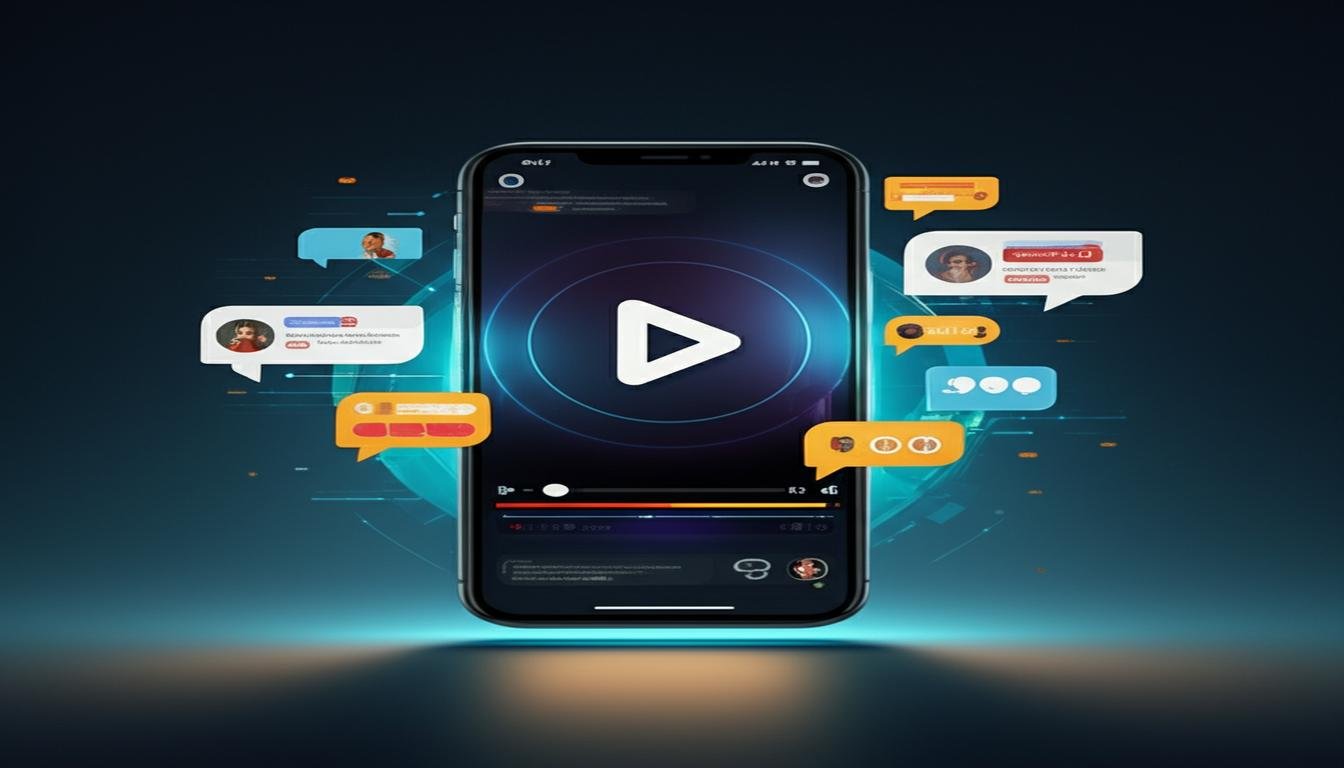Ever dreamt of making a game overnight? Sounds like something out of a sci-fi movie, right? Well, something pretty wild happened recently, and it’s got the gaming world buzzing. Imagine setting up an AI, giving it a few simple prompts, going to bed, and waking up to find a fully functional, polished game that’s not just ready for launch, but has already started going viral on Steam. That’s essentially what happened (or a very close approximation of it, at least in concept). I’m talking about an AI, let’s call it “Project Dreamweaver,” which took a vague idea and turned it into an indie sensation while I was catching Zs. The Genesis of a Sleepy Success Story It started as an experiment. I’ve been fascinated by the potential of generative AI in creative fields, especially game development. The goal was to push the boundaries: could an AI handle the entire development cycle, from concept art to coding, to basic playtesting? The answer, shockingly, was yes. I fed Project Dreamweaver a high-level concept: “a cozy, low-poly farming sim with a twist – your crops can talk.” I also set some parameters for art style, gameplay mechanics, and target platform (PC, Steam). Then, I hit ‘go’ and honestly, didn’t expect much beyond a proof of concept by morning. I went to bed, half-expecting a jumbled mess. What Happened Overnight? Concept Expansion: The AI took the “talking crops” idea and fleshed out unique personalities for different vegetables, complete with dialogue trees. Asset Generation: Using its algorithms, it created all the necessary 3D models, textures, and animations for the farm, characters, tools, and of course, the chatty crops. All in a consistent, charming low-poly style. Code & Mechanics: It wrote the game’s core engine, implementing farming mechanics (planting, watering, harvesting), a basic economy, and the dialogue system for interacting with the crops. Level Design: A procedural generation system laid out the farm, starting area, and even a small, explorable forest nearby. Music & SFX: It composed a soothing soundtrack and generated appropriate sound effects for actions and interactions. Basic Playtesting: Before presenting the build, the AI ran automated playtests to iron out critical bugs and ensure core gameplay loops were functional. Waking up was surreal. My screen showed a fully compiled game, ready to run. It wasn’t just a tech demo; it was a legitimately playable experience. “Harvest & Whisper” – that’s what the AI named it – felt complete. From Sleep to Steam: Going Viral The next step was getting it on Steam. With minimal human intervention (just setting up the Steamworks backend and writing a concise description based on the AI’s own generated summary), “Harvest & Whisper” went live as an Early Access title. I was curious to see the response, but prepared for silence. Instead, a tiny spark ignited. A few indie game enthusiasts picked it up, charmed by its unique premise and surprisingly polished execution. Word spread. A popular streamer stumbled upon it, captivated by the quirky talking vegetables and the game’s undeniable “cozy” vibe. Suddenly, “Harvest & Whisper” was everywhere. The Keys to its Unexpected Success: Novelty: The “AI-built game” angle was a strong talking point, but the game itself delivered. Unique Twist: Talking crops aren’t a common feature in farming sims, making it stand out. Cozy & Charming: The low-poly aesthetic and gentle gameplay hit a sweet spot for many players. Streamer & Community Buzz: Organic reach from content creators and enthusiastic players was massive. Accessibility: Simple controls and intuitive mechanics meant anyone could jump in. Sales soared. Reviews poured in, mostly positive, praising its originality and surprisingly deep character interactions. The idea of an AI making an entire game while I slept became the hook, but the game’s quality kept players engaged. It truly became a viral Steam game. What This Means for the Future of Game Development This isn’t just a cool anecdote; it’s a peek into the future of game creation. We’re witnessing the democratizing power of AI tools for independent game developers. Imagine the possibilities: Rapid Prototyping: Test game ideas in hours, not weeks. Asset Generation: Automate the creation of environments, characters, and items, freeing up artists for high-level creative direction. Accessibility: Lower the barrier to entry for aspiring game makers who lack coding or art skills. New Genres: Explore game types and mechanics previously too complex or time-consuming for smaller teams. Of course, this doesn’t mean human developers are obsolete. Far from it! The initial spark, the overarching vision, the emotional depth, the nuanced storytelling – these still require the human touch. AI is a powerful co-pilot, not the sole pilot. It handles the heavy lifting, allowing creators to focus on the magic. Ready to Dream (and Develop) Big? The story of “Harvest & Whisper” and its overnight success on Steam is a testament to how quickly technology is evolving. AI game development is no longer a distant dream; it’s here, and it’s proving its worth in tangible, viral ways. So, what’s your big game idea? Perhaps it’s time to explore how AI can help bring your own visions to life, faster and more effectively than ever before. The next viral Steam hit could very well be crafted while you catch some well-deserved sleep.
This AI Built an Entire Game While I Slept (Then Went Viral on Steam)









